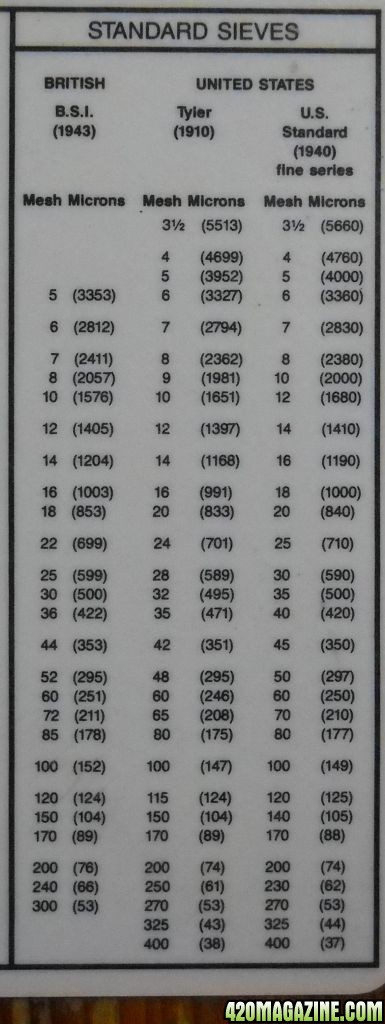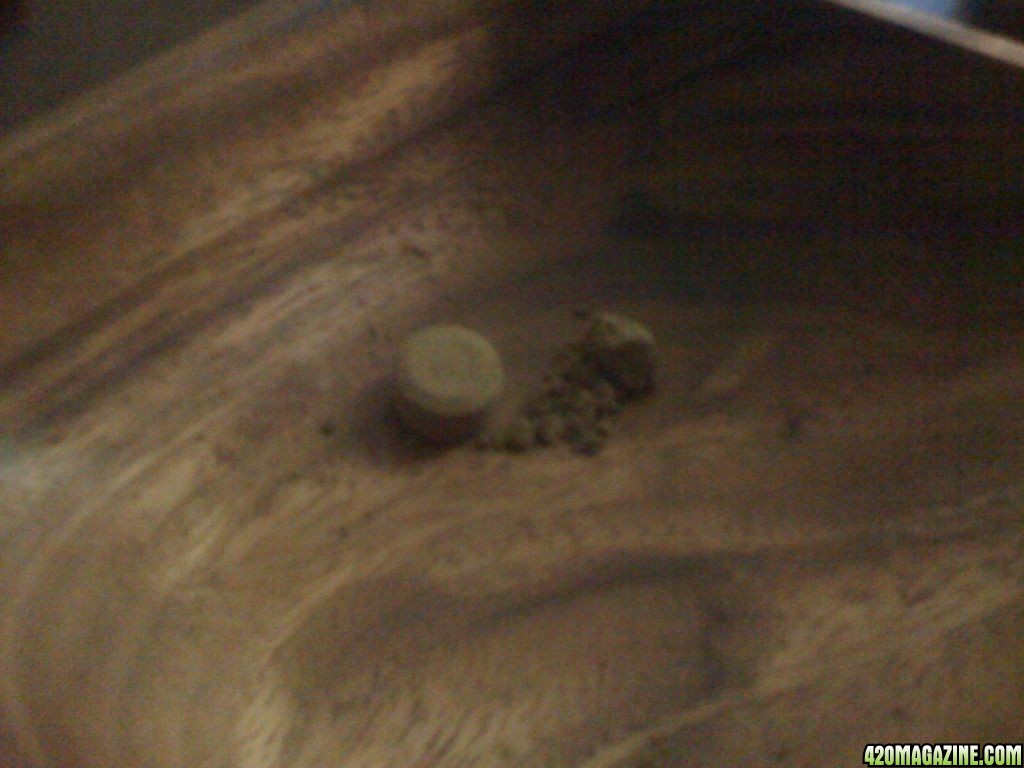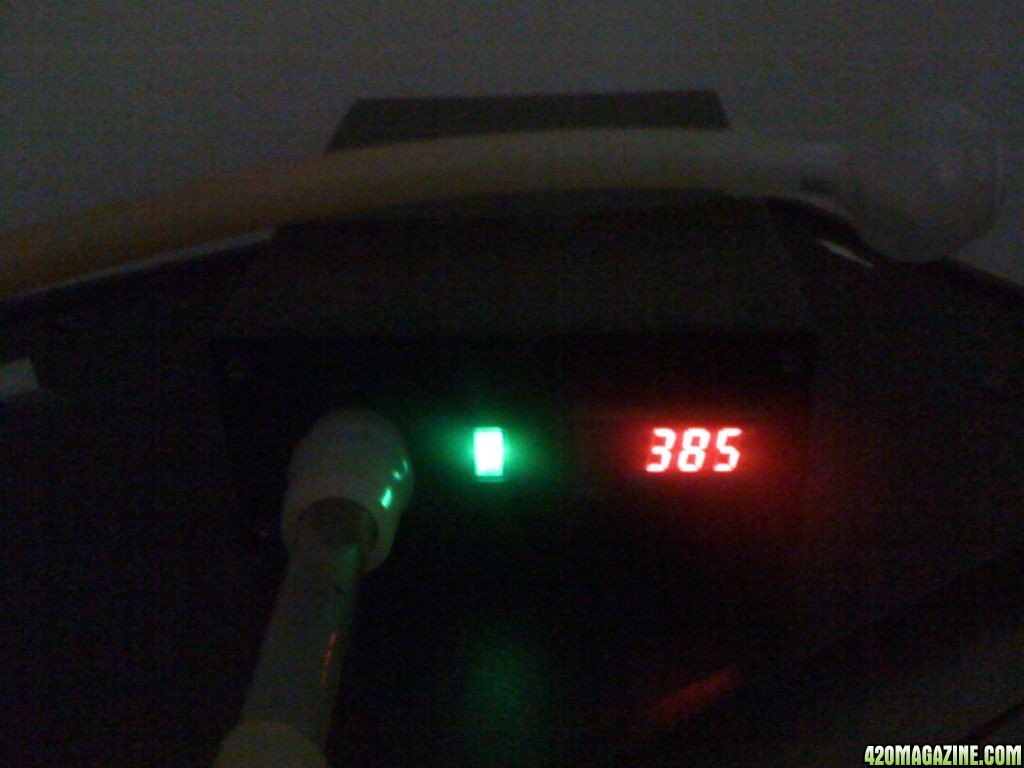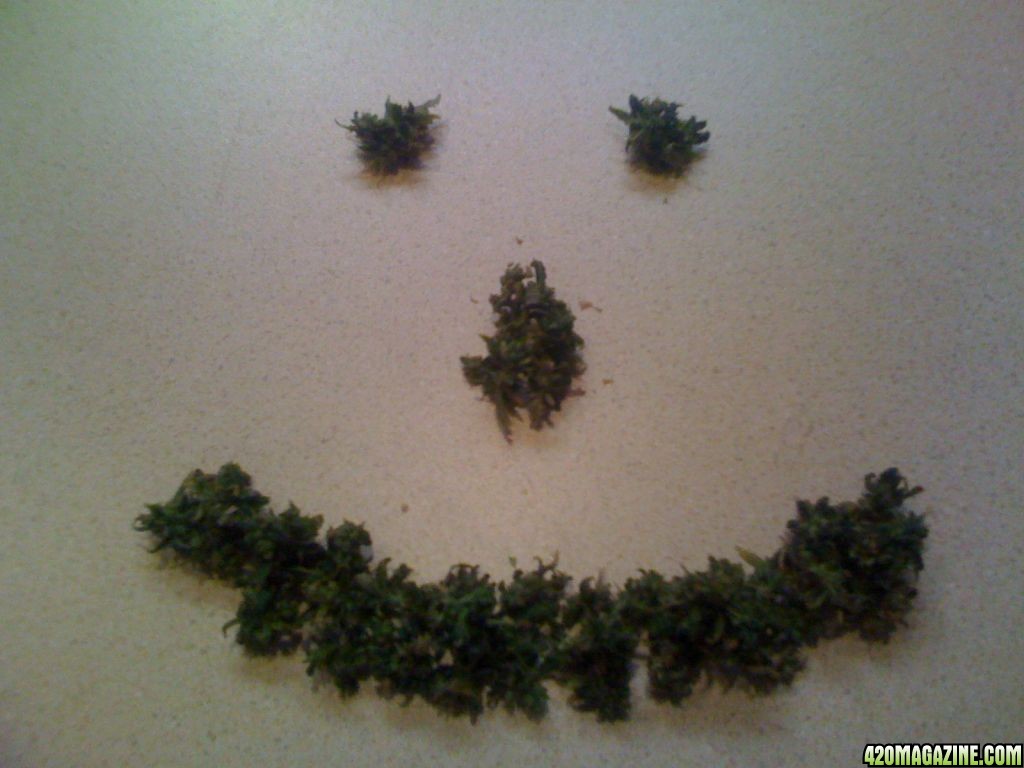Good info on screen seiving hash:
(However you don't need 2 ounces or more of buds, although it would be nice!)
Sieving Process To Make Hashish
Sieving marijuana is done by placing dry ground up marijuana on a screen and collecting the powder that passes through. This method separates hash powder from plant material based on its size. Large size particles (primarily plant material) stay on top of the screen while the smaller hash powder passes through.
This is the same way hash powder is collected with a pollenator (described above), but when sieving, the marijuana is continually kept in motion until almost all the available hash powder has been extracted. In contrast to using a pollenator, the resulting marijuana (leftover after sieving) is not worth smoking.
If you want to sieve marijuana and make hashish, you will need a minimum of about 2 ounces of marijuana buds. Good marijuana should provide you with a 10%-20% return when using a 125 micron mesh. Starting with 56 grams (2 ounces) of marijuana buds should yield about 6-11 grams of hashish powder. If you start with leaves or low quality marijuana you will get a smaller return.
You will need:
- flat, smooth surface to work over
- 2 ounces or more of good marijuana buds
- silk screen 65-125 microns (120-230 lines per inch)
A section of screen will be required, and to make things easier, a screen that is attached to a frame works very well. Printing supply and art stores often sell wood and aluminum frames with silk screens already attached for under $50. These are very good for sieving with.
The size of the frame doesn't matter, as long as you are comfortable using it. The larger it is, the more material you will be able to process at a time. 10 inch by 14 inch or something similar is a good place to start.
What does matter is the size of particle that the mesh on the screen will let pass through. The size of the particles will determine the potency of the hash powder collected. Screen mesh can be rated according to several standards, including microns. For converting microns to line per inch, see the silk screen mesh conversion chart located
here
When working with mesh rated in microns, the larger the number of microns, the larger size of particles that will pass through.
under 65 microns (smaller holes): medium potency
66-125 microns: high potency
over 126 microns (larger holes): mild potency
You can vary the mesh size from about 65-125 microns. A 10-20% return is based on using a 125 micron mesh. Particles in the 65-125 micron range are best. If they are larger than 125 microns, they are not very potent. As the particle size decreases down to 125 microns, the potency increases.
At about 125 microns, the powder is what most people would consider good hash. The potency increases as the particle size decreases down to 65 microns. At 65 microns, the trichome particles are at a point that most consider optimal. Particles smaller than 65 microns tend be broken or immature trichomes (medium potency).
The first time you try to use sieve process, you should use about 2 ounces of marijuana and a single screen with a mesh that is about 125 microns. It is very important to choose a day when the humidity of the area you are going to work in will be under 40% relative humidity.
Cooler temperatures are preferable to warmer. Make sure the marijuana is as dry as possible (keep temp below 90 degrees F when drying it). When the buds are as dry as possible, grind them up with an herb grinder, a pair of scissors, a coffee grinder, or something similar.
Because the size of the particles is the determining factor when sieving, make sure not to grind the marijuana into fine powder. If you do, plant material will be reduced in size and more of it will pass through the screen. This will decrease the potency of the powder you collect.
You want the marijuana to be broken up into pieces similar in size to those you would use to roll a joint with (fairly small but not as fine as flour). You have to be especially careful if you choose to grind with a coffee grinder. A few seconds in a coffee grinder can reduce marijuana into powder that is too fine to be sieved.
Scissors will do a good job when grinding a few ounces of marijuana, but an herb grinder (a tool for grinding marijuana) is best when working with larger quantities of marijuana.
Any size herb grinder will do, but a 3 inch or 4 inch model (like the 3 inch shown
here) is recommended for larger jobs. Get one if you plan on grinding over 4 ounces of marijuana at a time, or if you will be sieving marijuana to produce hashish repeatedly over an extended period of time.
After grinding, some people like to freeze the marijuana before it is sieved. They say it causes more of the potent material pass through the screen. Based on personal observation this does not decrease the yield size, but I've yet to see a noticeable increase by freezing it.
For anyone wishing to try, put the ground up marijuana in some kind of container and store it in a freezer 1-8 hours (until it is frozen solid) before you are going to sieve it. Put a cap or some plastic wrap over the top of the container (to minimize the amount of air that comes into contact with the marijuana). Grinding should be done no more than 8 hours before sieving, because ground up marijuana will degrade and lose potency quicker than buds.
You will be passing marijuana over a screen and collecting the material that passes though the screen. Your work area should be clean, flat, smooth, and preferably light in color. This will make it easier to see and collect the material that passes through the screen.
When you are ready, put your screen on your work area. Then place the marijuana in the center of the screen. Frozen marijuana should be placed directly onto the screen while frozen, if it clumps together, break it apart (over the screen) with your hands.
Now lift the screen and tilt it so the marijuana moves around (without falling off) the screen. At this point you should notice a dark yellow-brown powder starting to collect under the screen, that is the hashish powder.
Keep moving the marijuana around until there is absolutely no more powder coming through the screen. At this point, start to shake the screen as roughly as possible without causing any marijuana to fall off.
When moving the marijuana fails to cause any more powder to accumulate, you can extract more powder from the marijuana by using agitation to cause more powder to pass through the screen. This can be accomplished by using your hand to gently tap the screen itself.
This tapping will vibrate the marijuana and cause more hash powder to pass through the screen than just gently tilting it would. You are done when tapping the screen fails to cause any more material to pass through.
You can stop here or you can apply light hand pressure directly upon the marijuana that is on the screen (while moving it around with your hand), this will force more material through.
It should be noted that using more pressure will force more plant matter through with the hash powder. This will decrease the potency of the powder but it will increase the size of the yield, so the choice is up to you. The more material you force through, the greener (less potent) the powder will get.
When you are done you can collect the hashish powder and press it into hashish or use it in some other manner. Don't forget to use any leftover marijuana to make
honey oil, this will ensure that all the active ingredients are extracted and nothing goes to waste.
There is a free video (about 4 minutes 25 seconds) entitled
how to make hashish that can be found at
youtube (among other places). It's a pretty good introduction to sieving but disregard the information about pressing. Heat should only be used as a last resort to press low quality powder that will not otherwise stick together.
Quantities of marijuana larger than a pound should be sieved with several different sized screens. Using more than one size allows the collection of different grades of powder. The number of different sized screens it should go through is 2-5. The larger the quantity of marijuana, the more screens it should be sieved through.
If you are using more than one size of screen, the mesh size should range from 65-125 microns. Using a single 125 micron screen is ok for small quantities (a few ounces) of marijuana, but when working with larger amounts, using several screens will allow the collection of enough high quality material to make it worthwhile.
Start with the screen with the largest size holes (highest micron number) and work it down to the smallest (lowest micron number). Each time the powder is screened through a smaller mesh, it gets more potent.
Different
strains of marijuana produce different size resin glands and different amounts of THC (and other cannabinoids that affect the high). Do not assume that because you liked the quantity and potency of a particular strain that all marijuana strains will provide the exact same results.
See the illustrated article on how
lebanese hashish is made for an example of how the sieving process is used as a means of producing hashish in Lebanon and other areas where this type of hashish production is used.
copyright © www.a1b2c3.com/drugs/







 +Rep
+Rep

